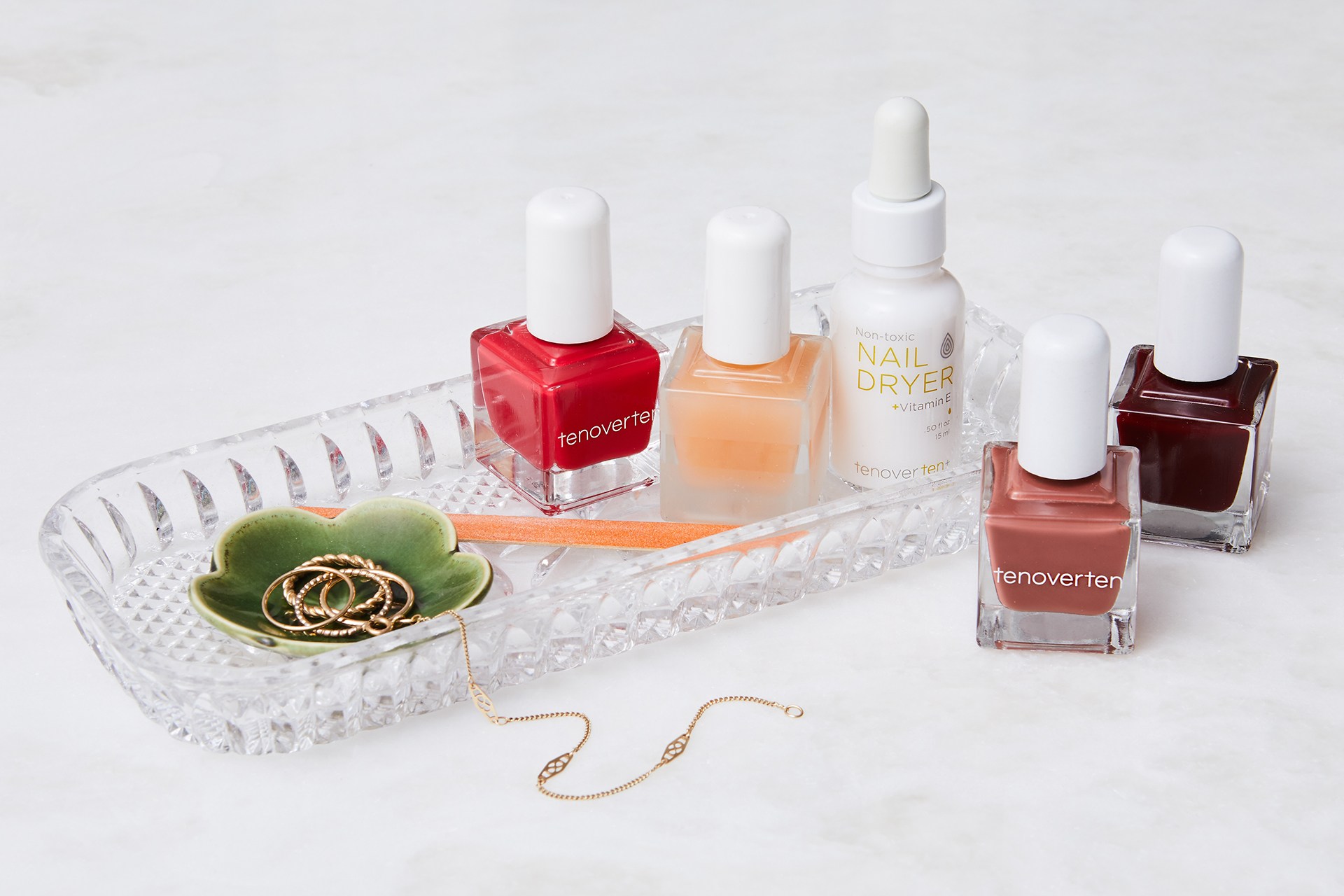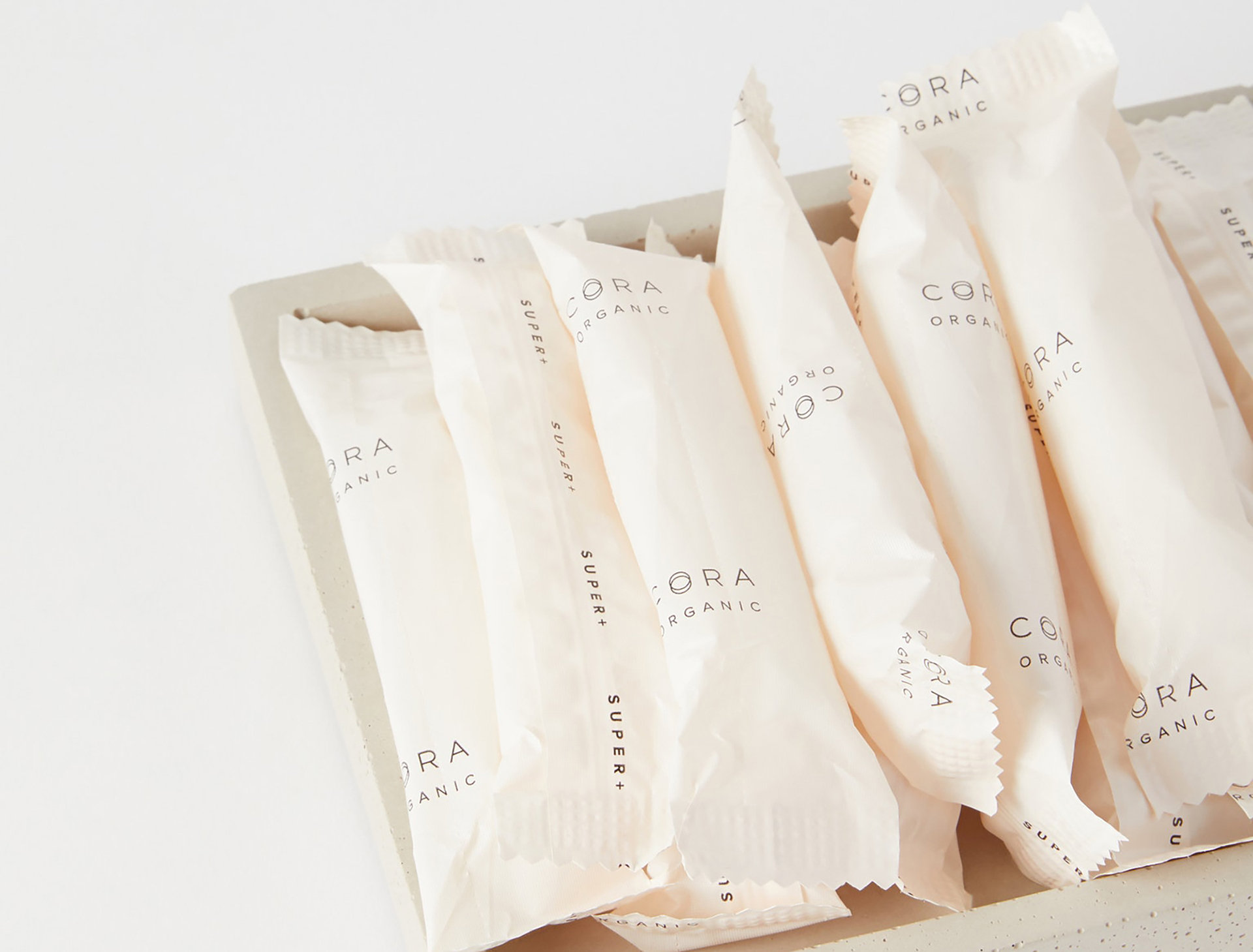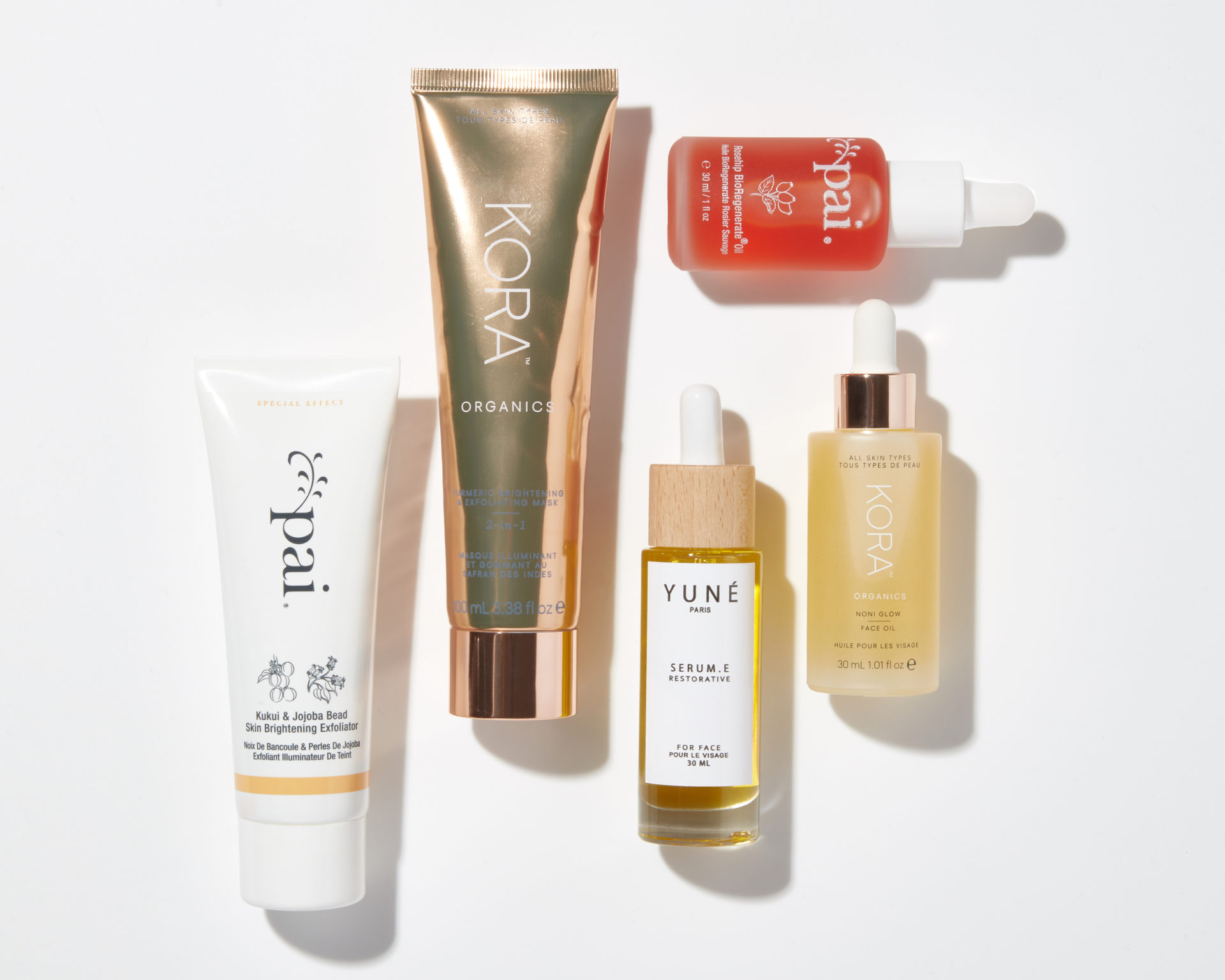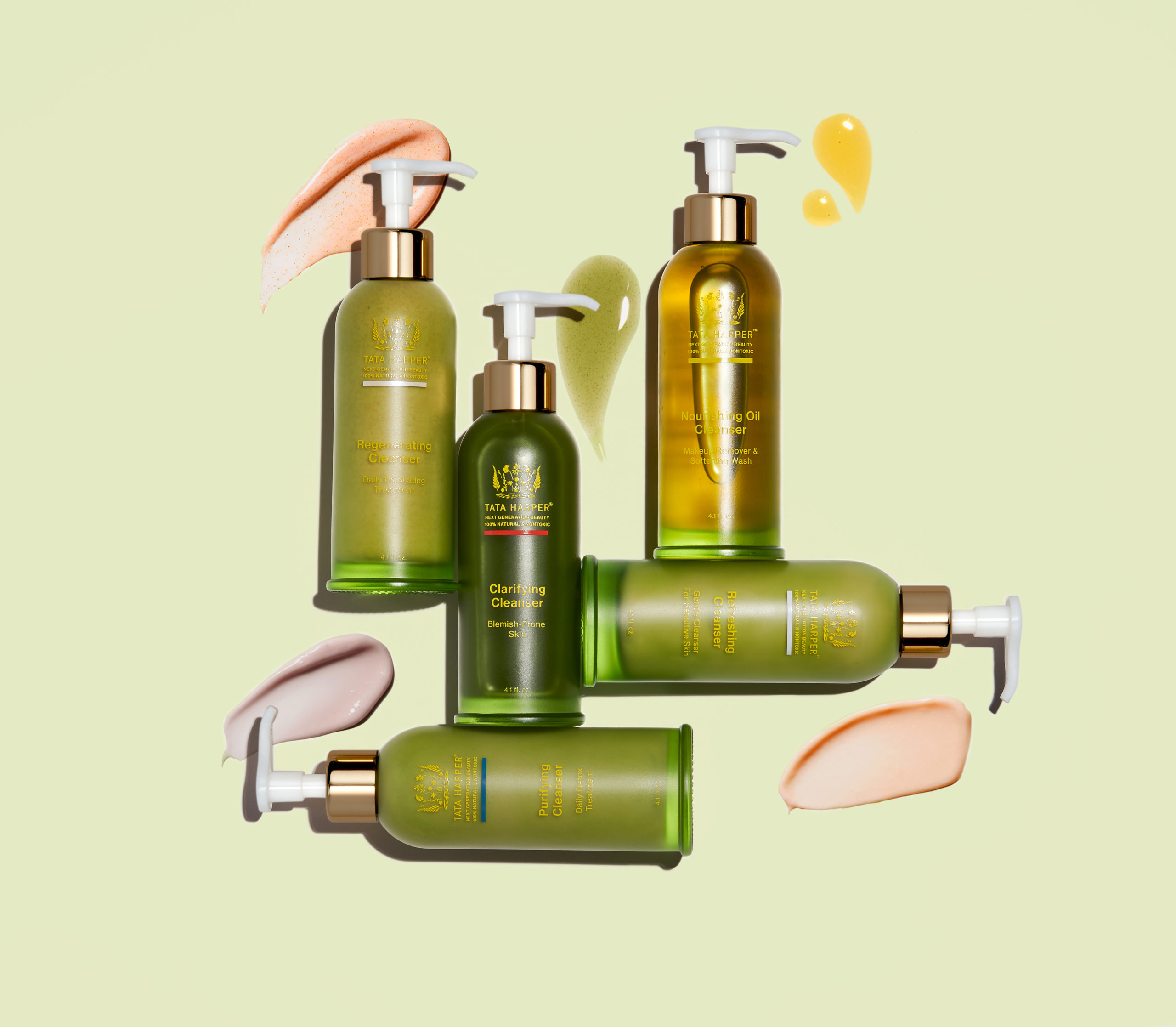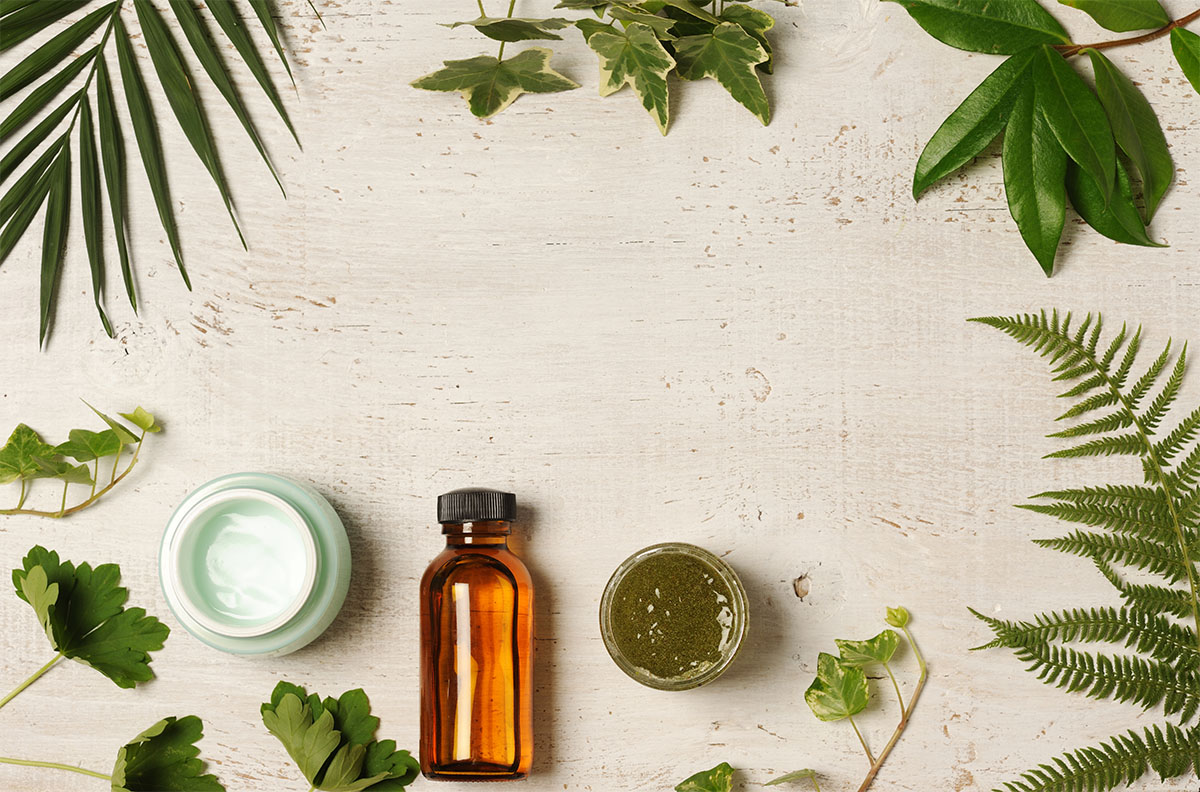For years, people have worried about the toxicity of nail polish. The smell of a salon alone is enough to make you wonder what you’re actually putting on your digits.
Try reading the label on your favorite nail polish and you’ll come across a few problems. First, the company might not list any info besides the name of the color, so there’s no way to really know what you’re putting on your nails. And if the ingredients are listed, what do they mean? Sure, formaldehyde sounds like a bad ingredient, but what about toluene? Is that better or worse than titanium dioxide?
In 2006, many companies began putting out non-toxic nail polish. But what does “non-toxic” actually mean when it comes to your mani-pedi? Here, we decode the chemical composition of nail polish to find out what’s toxic, what’s not, and the safest ways to paint your nails.
So, Is Nail Polish Toxic?
Well, yes and no. Before 2006, many nail polish brands contained chemicals that may affect reproductive health and thyroid function and potentially promote obesity. After these chemicals were banned in Europe in 2004, U.S. companies started voluntarily taking out the chemicals as well.
But why would toxic chemicals matter at all? You’re putting the color on your nails, not your Sunday dinner. Unfortunately, a study from Duke University and the Environmental Working Group found that women had a toxic chemical from nail polish in their bodies just 10 to 14 hours after painting their nails. Sadly, that particular toxin still appears in a number of nail polishes today, and now there’s proof it can go from fingernail to bloodstream with ease.
Is there any good news? Yes! Many brands are making natural nail polish that is free of these dangerous chemicals. You just have to know what to avoid in order to stay safe.
What Are the Toxic Ingredients in Nail Polish?
The worst offenders are the “toxic trio”: dibutyl phthalate (DnBP), toluene and formaldehyde. DnBP can cause reproductive issues, toluene is a neurological toxin and formaldehyde is a known carcinogen. Thankfully, after the 2004 European ban, most brands stopped using these chemicals and began labeling products as “non-toxic nail polish” or “three-free.”
Unfortunately, the “toxic trio” aren’t the only chemicals you have to worry about. A study from Harvard found that many polishes contain triphenyl phosphate (TPHP) and diethylhexyl phthalate (DEHP). TPHPis often used as a DnBP substitution, but it turns out it’s almost just as bad. TPHP may affect hormones, metabolism and reproductive health. DEHP also disrupts hormones and may cause cancer.
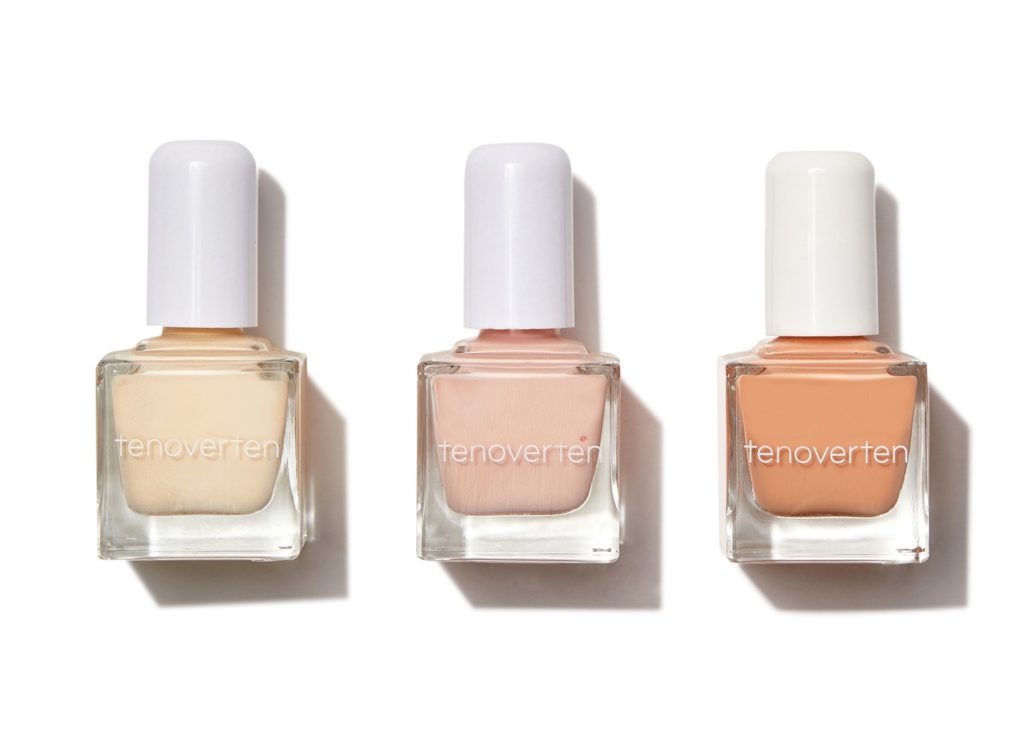
What Is Non-Toxic Nail Polish?
Non-toxic nail polish might sound like a no-brainer, but it’s a little more complicated than that. Technically, a non-toxic nail polish would have none of the toxic chemicals listed above. But a nail polish can call itself non-toxic or three-free and still contain TPHP or DEHP! So, trusting the “non-toxic” label alone really isn’t good enough.
Instead, choose a formula that lists all its ingredients. One of our favorite non-toxic nail polish brands is tenoverten. The company provides a clear list of everything that goes into their nail polishes, and they are truly three-free — no TPHP, DEHP or any other chemicals that have the slightest chance of harming you. Plus, the range of shades is outstanding, so you can have gorgeous nails without all the toxins. While more research is still needed, using tenoverten or another non-toxic nail polish brand with clear labels can be a safe way to paint your nails worry-free.
